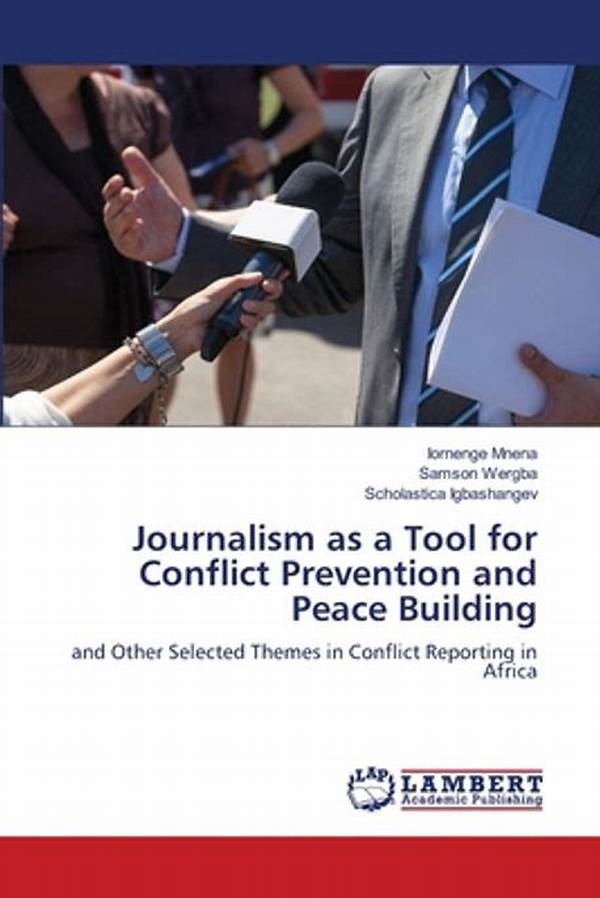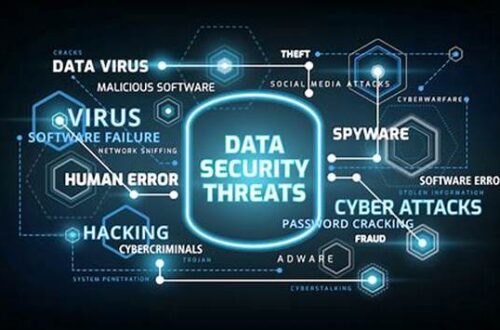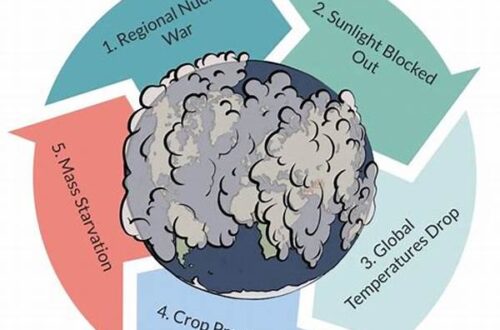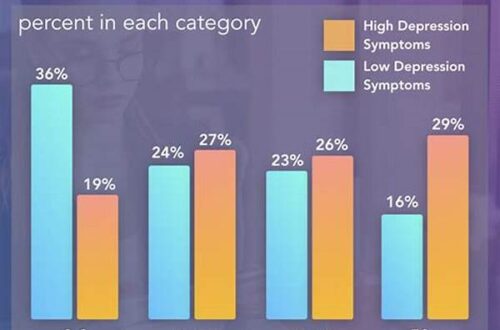Conflict journalism represents a field of reporting fraught with inherent dangers and complex ethical considerations. Journalists operating in conflict zones face risks not only from physical harm but also from efforts to silence their reporting through intimidation or censorship. To navigate these challenges, the adoption of anonymity tools for conflict journalism has become an essential practice. These tools enable journalists to conduct their duties while safeguarding their identities and protecting their sources. This document seeks to explore various anonymity tools that have proven to be effective for conflict journalism, providing insight into their applications and importance in maintaining journalistic integrity and safety.
Importance of Anonymity Tools in Conflict Journalism
In the often volatile environment of conflict zones, anonymity tools for conflict journalism serve as a critical means of protection for journalists and their sources. These tools allow for the secure transmission of information without exposing journalists to retaliatory actions. One significant anonymity tool widely used is end-to-end encryption software. This technology ensures that communication between journalists and their sources remains confidential, undetectable by unauthorized entities seeking to undermine their efforts. Additionally, virtual private networks (VPNs) play a pivotal role in anonymizing internet activities, enabling journalists to research and report without revealing their location or identity.
Advanced cyber solutions like The Onion Router (Tor) and secure dropbox platforms further enhance the safety of journalists operating in hostile environments. Tor provides anonymous web browsing capabilities, making it achievable for reporters to access censored content and evade surveillance. Meanwhile, secure dropboxes offer a safe avenue for whistleblowers and sources to submit sensitive documents to journalists without fear of exposure. The adoption of these anonymity tools for conflict journalism not only protects individuals but also upholds the principles of a free press, ensuring that crucial stories are told despite efforts to suppress them. Through these tools, journalists can continue to shine a light on vital issues within conflict zones, fostering accountability and change.
Key Anonymity Tools for Conflict Journalism
1. End-to-End Encryption Software: This protects communications between journalists and sources by ensuring only the intended recipient can read the message, vital for anonymity tools for conflict journalism.
2. Virtual Private Networks (VPNs): VPNs obscure a journalist’s online activities and location, adding a layer of privacy crucial for anonymity tools for conflict journalism.
3. The Onion Router (Tor): Tor allows journalists to browse the internet anonymously, essential for accessing restricted information without detection, a key feature among anonymity tools for conflict journalism.
4. Secure Dropbox Platforms: These systems facilitate safe document-sharing, allowing journalists to receive sensitive materials anonymously, showcasing the reliability of anonymity tools for conflict journalism.
5. Anonymous Email Services: They ensure that email communications remain private, a fundamental aspect of anonymity tools for conflict journalism.
Challenges in Implementing Anonymity Tools
The integration of anonymity tools for conflict journalism is not without complexities. One significant challenge is the technological literacy required to effectively employ such tools. Many journalists may lack the technical expertise needed to fully maximize these resources, potentially leaving them vulnerable to security breaches. Moreover, these tools must continuously evolve to keep pace with advancements in surveillance technology employed by hostile entities. As governments and organizations increase their monitoring capabilities, anonymity tools must adapt rapidly to ensure ongoing protection for journalists.
Another pertinent issue is the digital footprint that may inadvertently be left behind, which could compromise anonymity. Vigilant usage protocols and comprehensive training are vital to safeguard against unintentional exposure. Furthermore, ethical dilemmas associated with anonymity tools for conflict journalism must be judiciously considered. While these tools protect identities, they must also be used responsibly to prevent potential misuse in spreading misinformation or engaging in unethical practices. An effective balance between privacy and ethical reporting standards is essential to preserve the credibility and integrity of conflict journalism.
Enhancing the Effectiveness of Anonymity Tools
In order to bolster the efficacy of anonymity tools for conflict journalism, it is imperative to foster continuous education and training for journalists. Training sessions can equip journalists with the necessary skills to adeptly navigate and implement these tools. Regular updates and practice sessions ensure they remain informed about the latest advancements and potential vulnerabilities in anonymity technologies. Collaboration between cybersecurity experts and journalists can further enhance protection measures, leading to the development of more sophisticated tools tailored to the unique challenges faced in conflict zones.
Legal frameworks and policies supporting the use of anonymity tools for conflict journalism also play a crucial role in ensuring their effectiveness. Advocacy for policies that protect press freedom and journalist safety can facilitate better deployment and acceptance of these tools. Journalists and media organizations must advocate for the necessary legal backing to use anonymity tools without fear of legal repercussions, ultimately enhancing the quality and reach of their reporting from conflict regions.
Ethical Considerations in Using Anonymity Tools
When employing anonymity tools for conflict journalism, ethical considerations occupy a central role. While anonymity tools are designed to protect journalists and their sources, they also present potential ethical dilemmas. A significant ethical concern is ensuring that these tools are not misused for spreading false information or conducting espionage. Journalists must uphold a commitment to truth and accuracy, even when their identities and those of their sources are protected.
Moreover, the delicate balance between source protection and public interest cannot be overlooked. Journalists must weigh the potential harm to individuals or communities when deciding to publish information obtained anonymously. Anonymity tools for conflict journalism must be utilized with integrity, ensuring that reporting remains factual, unbiased, and fair. Adherence to ethical standards upholds the credibility of the press and reinforces public trust in journalistic endeavors, despite the need for anonymity.
Future of Anonymity Tools in Conflict Journalism
The future of anonymity tools for conflict journalism hinges on technological innovation and a steadfast commitment to press freedom. As surveillance technologies continue to evolve, anonymity tools must advance concurrently to counter emerging threats. Future developments are likely to focus on enhancing usability and accessibility, making it easier for journalists with varying degrees of technical knowledge to utilize these tools effectively.
Moreover, fostering international collaborations to support press freedom and the legal protection of anonymity tools is essential for their continued evolution and effectiveness. As global awareness of the importance of press freedom grows, there is potential for stronger international policies that promote the safe practice of journalism in conflict regions. Hence, the sustained development and ethical application of anonymity tools for conflict journalism remain critical to preserving the ability of journalists to report truthfully and without prejudice from the world’s most dangerous zones.
Conclusion on Anonymity Tools for Conflict Journalism
In conclusion, the utilization of anonymity tools for conflict journalism is indispensable in safeguarding journalists and enabling the unimpeded flow of information from conflict zones. These tools, ranging from encryption software to secure communication platforms, play a pivotal role in protecting the identities of journalists and their sources. Their importance is underscored by the increasing threats faced by journalists who report on sensitive and precarious issues.
Moreover, while the use of anonymity tools provides critical advantages, it also necessitates careful consideration of ethical standards and operational challenges. Ensuring that these tools are used responsibly, journalists can maintain their commitment to informing the public while preserving their safety. Moving forward, continued innovation, education, and advocacy for supportive legal frameworks will be crucial in enhancing the efficacy and acceptance of anonymity tools for conflict journalism. As these tools evolve, they will remain integral to the pursuit of truth and justice in the world’s most challenging contexts.





